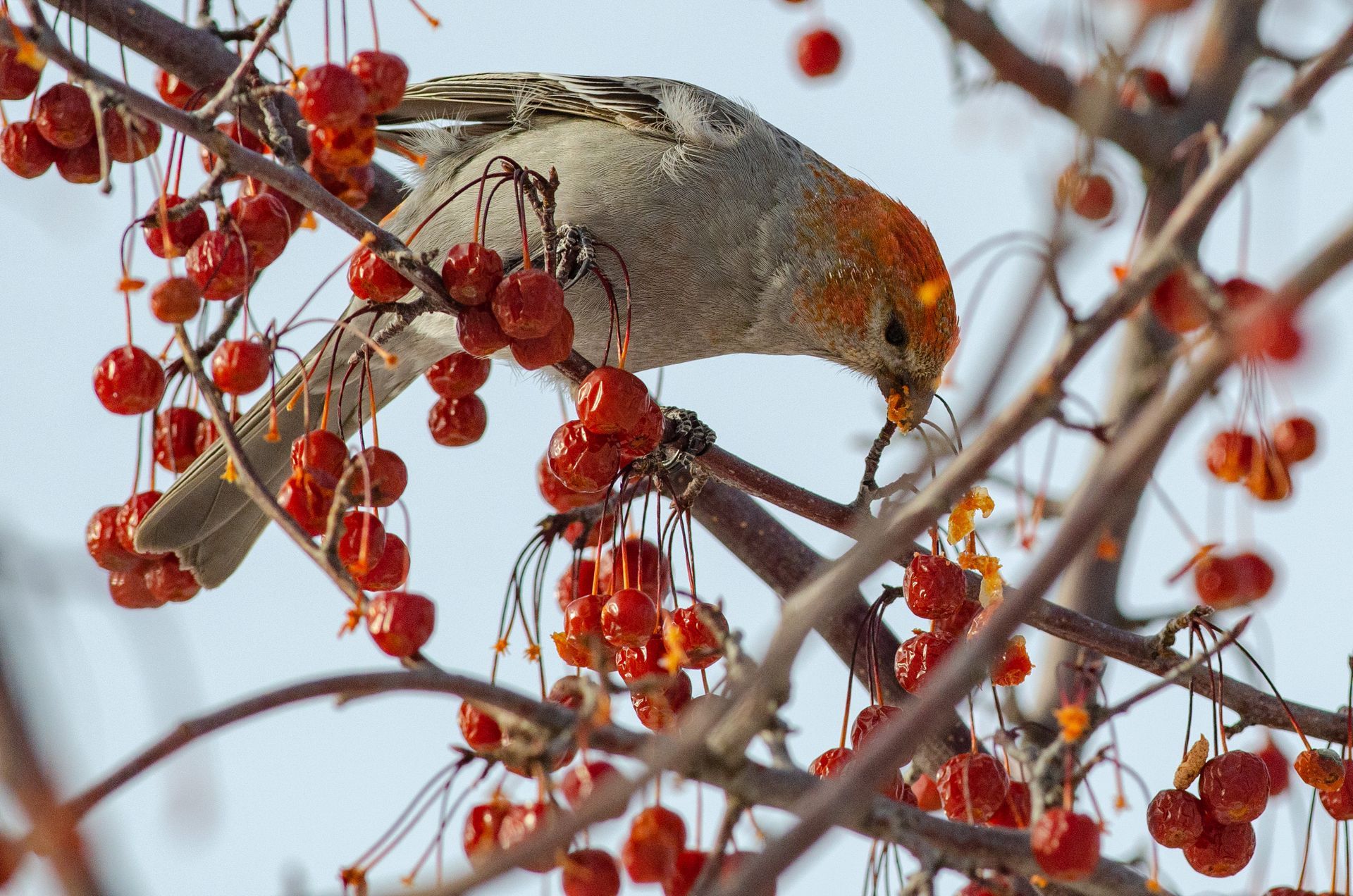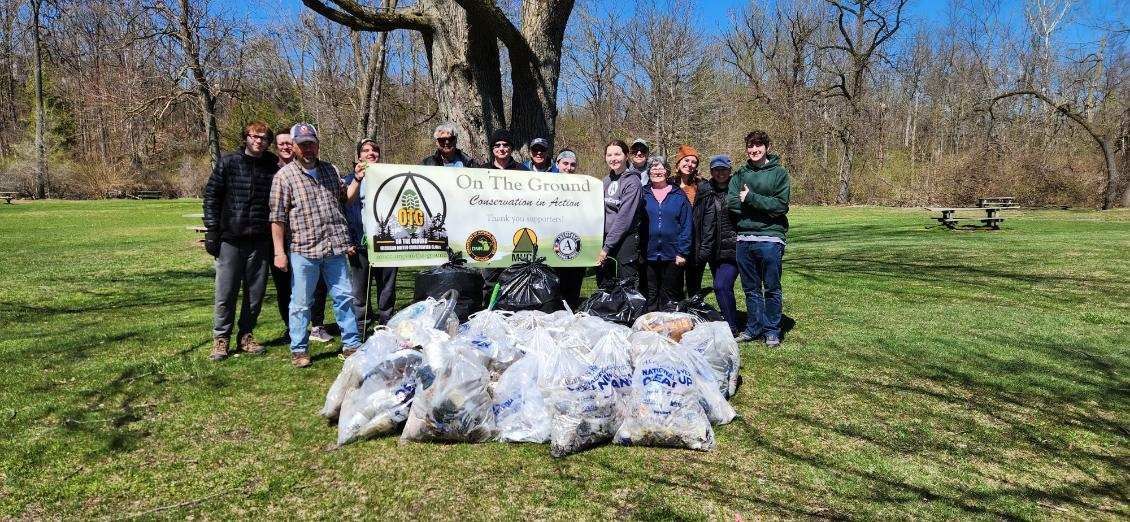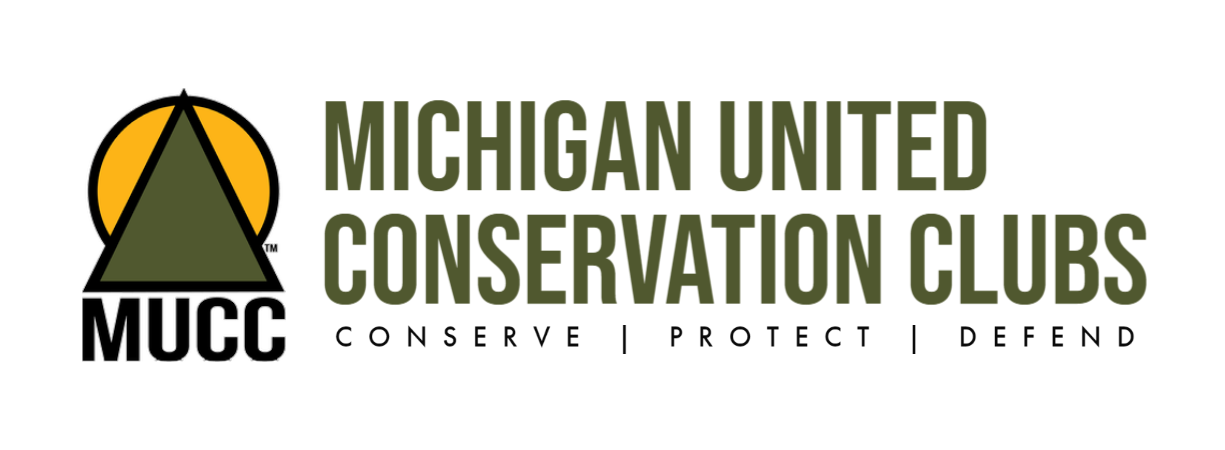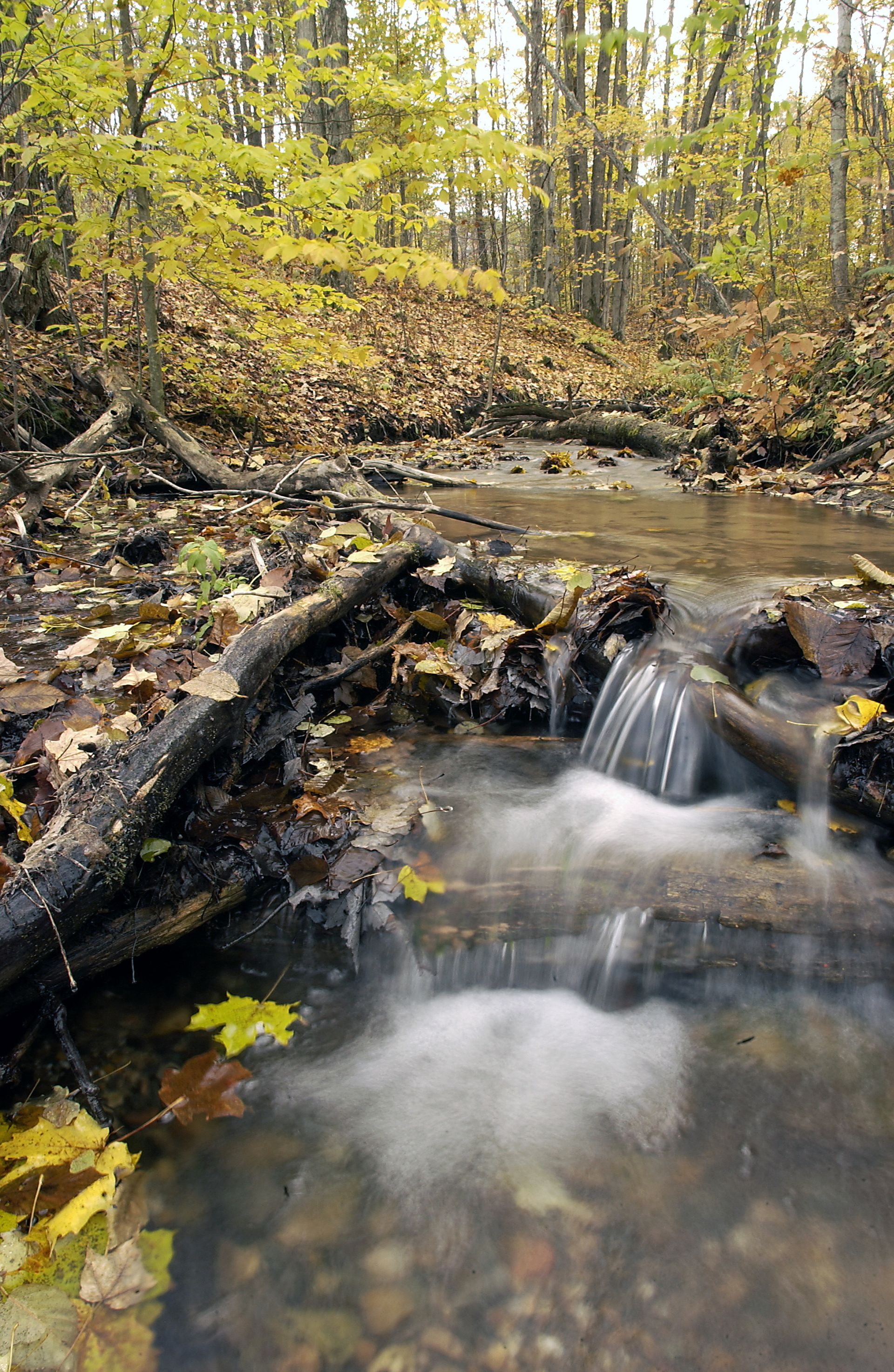Hunting & Trapping Seasons Upon Us!
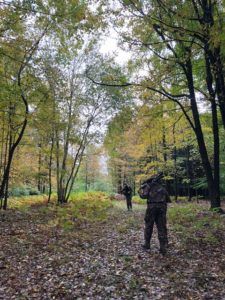 Are you ready? Grab your friends, family and mentors because hunting and trapping seasons are upon us!
Are you ready? Grab your friends, family and mentors because hunting and trapping seasons are upon us!
Forty-plus hours a week, MUCC works to make our hunting and trapping members’ voices heard. We work to communicate the hunting and trapping world with you through our conservation insider emails and blogs. The Michigan Out-Of-Doors magazine we write, continues to share touching and powerful stores on hunting and trapping. All the work that we do and all the work that you do as a hunter, trapper and conservationist, all comes down to this time of the year. All the hours that went into habitat improvement projects, scouting and target practice are finally put to the test so that you may feed your family and friends and enjoy the great outdoors.
2019 Upcoming Hunting & Trapping Seasons – (Click the Season to See Dates, Times and Regulations)
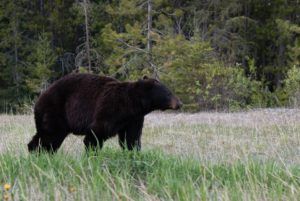
Changes & Reminders to Note
Waterfowl – (Check Digest )
- Pintail bag limit reduced to 1.
- Youth Waterfowl Season is Sept. 21 and 22, 2019
Elk– (Check Digest )
- A base license is not required to apply for an elk license.
- Mentored Youth Hunters can now apply for a license or chance
Bear– (Check Digest )
- Barrels allowed on Department-managed lands under certain conditions
- Nonresidents can dog train in Amasa, Bergland, and Carney BMUs
- Maximum 1-inch hole diameter for all bait barrels
Turkey– (Check Digest )
- If licenses still remain by Sept. 3 hunters may purchase one license a day until quotas are met.
Deer– (Check Digest )
- Regulations in the Upper Peninsula Core CWD Surveillance Area
- Antler Point Restrictions
- Bovine TB testing quotas
Small Game– (Check Digest )
- Pheasant hunting endorsement and release locations
Fur Harvester/Trapper– (Check Digest )
- Fur harvester license valid May 1, 2019 – April 30, 2020.
- Bobcat kill tags are available until Nov. 30, 2019.
- Bobcat bag limits
- Fisher and marten bag limit and season dates
- Foothold trapping near exposed bait restrictions
The post Hunting & Trapping Seasons Upon Us! appeared first on Michigan United Conservation Clubs.
Recent Posts
